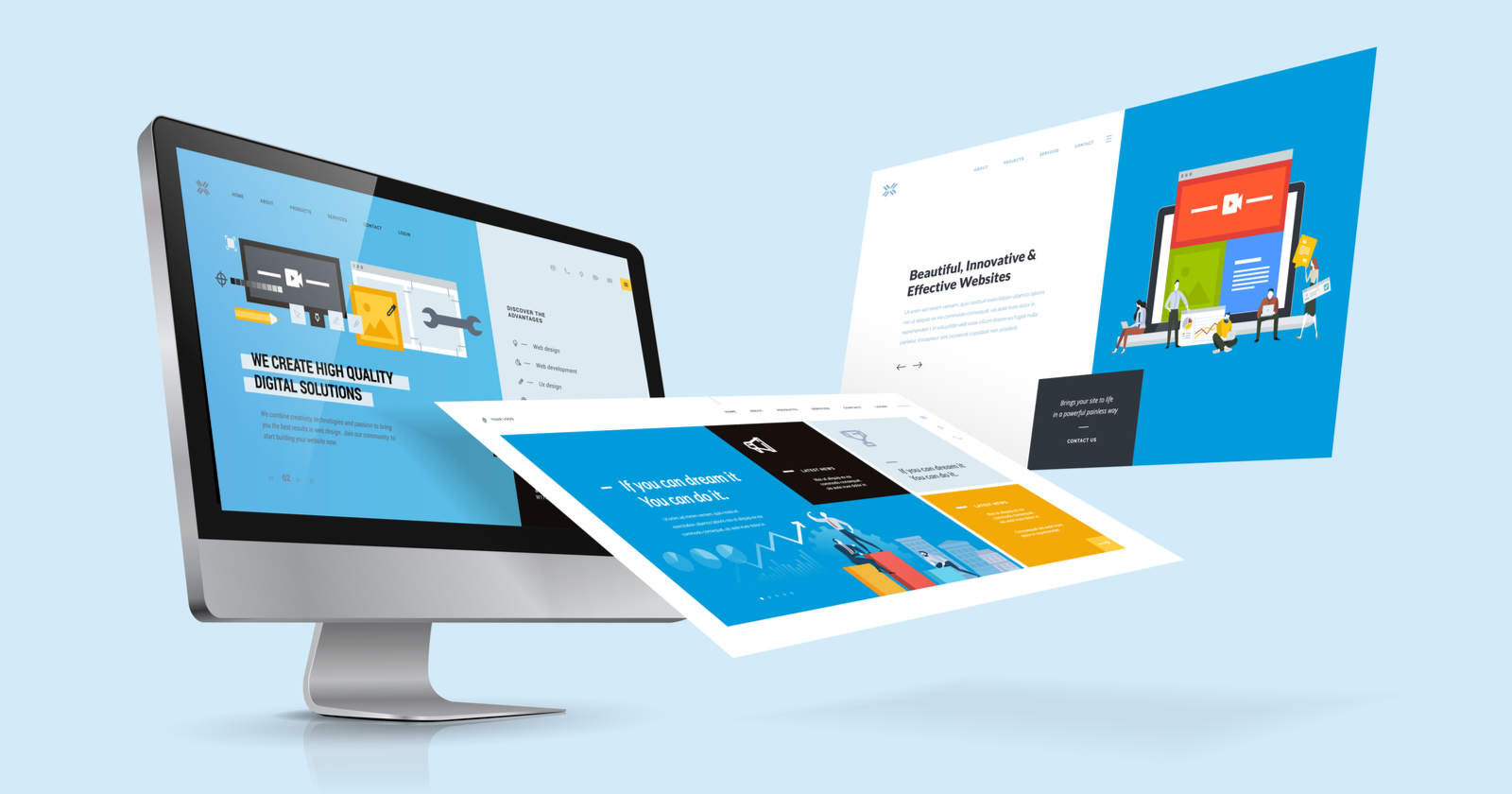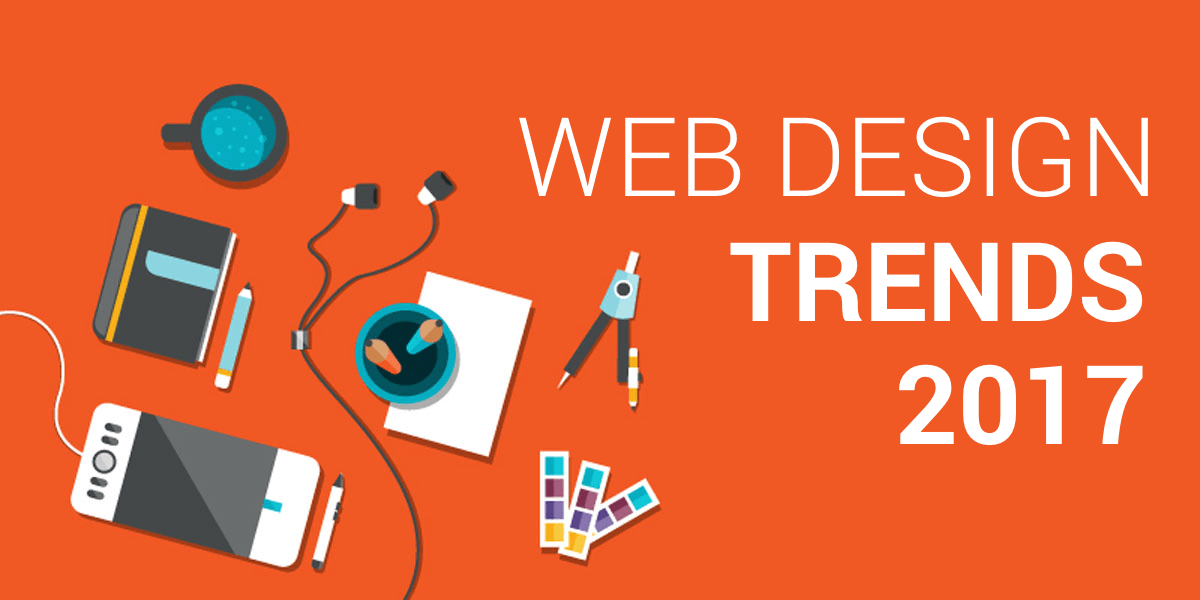Aligned Position Web Design: Stunning Websites Designed for Seamless User Experience
Aligned Position Web Design: Stunning Websites Designed for Seamless User Experience
Blog Article
The Most Effective Sorts Of Website Design to Boost Customer Experience and Interaction
In the ever-evolving landscape of digital interaction, the performance of Web design considerably influences customer experience and engagement. Numerous layout approaches, such as minimalist, responsive, and interactive formats, each deal one-of-a-kind advantages that can accommodate diverse customer demands. Understanding which types of website design best offer these purposes can be critical for businesses aiming to enhance client satisfaction and retention. The question stays: which design components really reverberate with individuals and foster meaningful engagement? The exploration of these concepts discloses crucial insights that might redefine your approach to website design.
Minimalist Web Design
As electronic landscapes come to be significantly cluttered, minimalist website design has become a powerful strategy to improving customer experience. This design approach prioritizes simpleness, focusing on necessary elements while removing unnecessary interruptions. By using sufficient white room, simple navigation, and a restricted shade scheme, minimal style promotes clearness and directs customer interest to crucial web content.
The core concept of minimalist website design is to develop a smooth interaction for customers. By lowering cognitive lots, customers can promptly comprehend information without really feeling bewildered. This straight approach not just boosts usability but additionally motivates interaction, as site visitors are most likely to discover a website that is visually appealing and easy to navigate.
Additionally, minimalist layout often stresses typography and imagery, utilizing these aspects purposefully to convey messages efficiently. In significance, minimalist Web layout is not just a trend; it is a thoughtful methodology that acknowledges the value of user-centered design.
Responsive Web Layout
In today's diverse digital atmosphere, receptive Web layout has actually become important for creating a seamless customer experience across a wide variety of gadgets. As users gain access to websites on smartphones, tablet computers, laptops, and desktop computers, the capability of a website to adapt its layout and material to various display dimensions and resolutions is critical.
Responsive Web design uses versatile grids, pictures, and CSS media questions to make sure that Web content is offered efficiently, despite the tool utilized. This method not only boosts the aesthetic allure of an internet site however also significantly boosts use. Customers are most likely to engage with a site that offers a consistent experience, as it eliminates the irritation of having to focus or scroll exceedingly.
By adopting responsive design, services can enhance their visibility and reach a broader audience. In recap, responsive Web style is a fundamental practice that boosts customer experience, involvement, and overall fulfillment.
Interactive Website Design
Responsive Web style prepares for improving user experience, but interactive Web style takes this a step even more by engaging customers in an extra dynamic means - Aligned Position Web Design. By including elements such as animations, clickable prototypes, and real-time responses, interactive website design captivates users, attracting them into a richer surfing experience
This approach not just promotes engagement however also encourages users to check out material actively instead of passively eating it. Techniques such as gamification, where individuals gain rewards for completing tasks, can dramatically improve the moment invested on a site and improve total complete satisfaction. Interactive functions can streamline complex information, making it more digestible and enjoyable.

Incorporating interactive layout elements can also result in higher conversion rates, as users are more probable to involve with a site that actively entails them. Aligned Position Web Design. Inevitably, interactive website design transforms individual experiences right into memorable journeys, making certain that visitors return time and again
Flat Design
Identified by its minimalistic method, level design emphasizes simplicity and performance, stripping away unneeded components and concentrating on necessary features. This design ideology focuses on usability, making sure that users can navigate interfaces navigate to these guys easily and effectiveness. By using a tidy visual, flat layout eliminates the clutter commonly found in extra ornate styles, thus improving customer emphasis on material and capability.
The hallmark of level style hinges on its use bold colors, simple typography, and geometric shapes. These components add to a visually attractive user interface that is both friendly and modern-day. Additionally, flat style fosters a sense of quality, permitting customers to determine vital actions and info without disturbance.
Moreover, level layout is specifically reliable in receptive Web style, as its simplicity equates well throughout various gadgets and screen dimensions. The lack of complex appearances and slopes lessens loading times, which is vital for preserving user interaction. As electronic landscapes continue to advance, level style remains a pertinent option for developing user-friendly web sites that improve general experience. By concentrating on essential attributes, flat layout not just meets user demands yet additionally motivates smooth interaction, making it a vital element of efficient Web design techniques.
Adaptive Website Design
Flexible Web style tailors the user experience by developing numerous fixed layouts tailored to different display sizes and gadgets. Unlike receptive layout, which fluidly readjusts a solitary format, flexible style uses unique layouts for details breakpoints, making certain optimal discussion on various systems. This method allows developers to focus on the distinct attributes of each tool, improving functionality by providing specifically what customers require based on their context.
One of the primary benefits i thought about this of flexible website design is its capacity to maximize load times and performance. By serving tailored web content and images that fit the customer's gadget, websites can decrease data use and boost loading rates. This is particularly valuable for individuals with slower links or limited data strategies.

Additionally, flexible style facilitates a more constant and regulated branding experience. Since designers create multiple layouts, they can ensure that the visual elements align with the brand name's identity across different platforms - Aligned Position Web Design. This leads to a cohesive customer experience, enhancing involvement and promoting customer retention
Conclusion
Minimalist layout promotes quality and emphasis, while receptive style makes sure adaptability across different gadgets, advertising accessibility. Collectively, these style comes close to add to the production of user-friendly atmospheres that not just boost fulfillment however likewise drive greater conversion prices, emphasizing their critical significance in contemporary this link Web style approaches.

Minimalist style cultivates clarity and emphasis, while responsive style guarantees adaptability throughout different tools, promoting ease of access. Collectively, these style comes close to contribute to the production of easy to use atmospheres that not only improve complete satisfaction but additionally drive higher conversion prices, underscoring their vital relevance in contemporary Web layout strategies.
Report this page